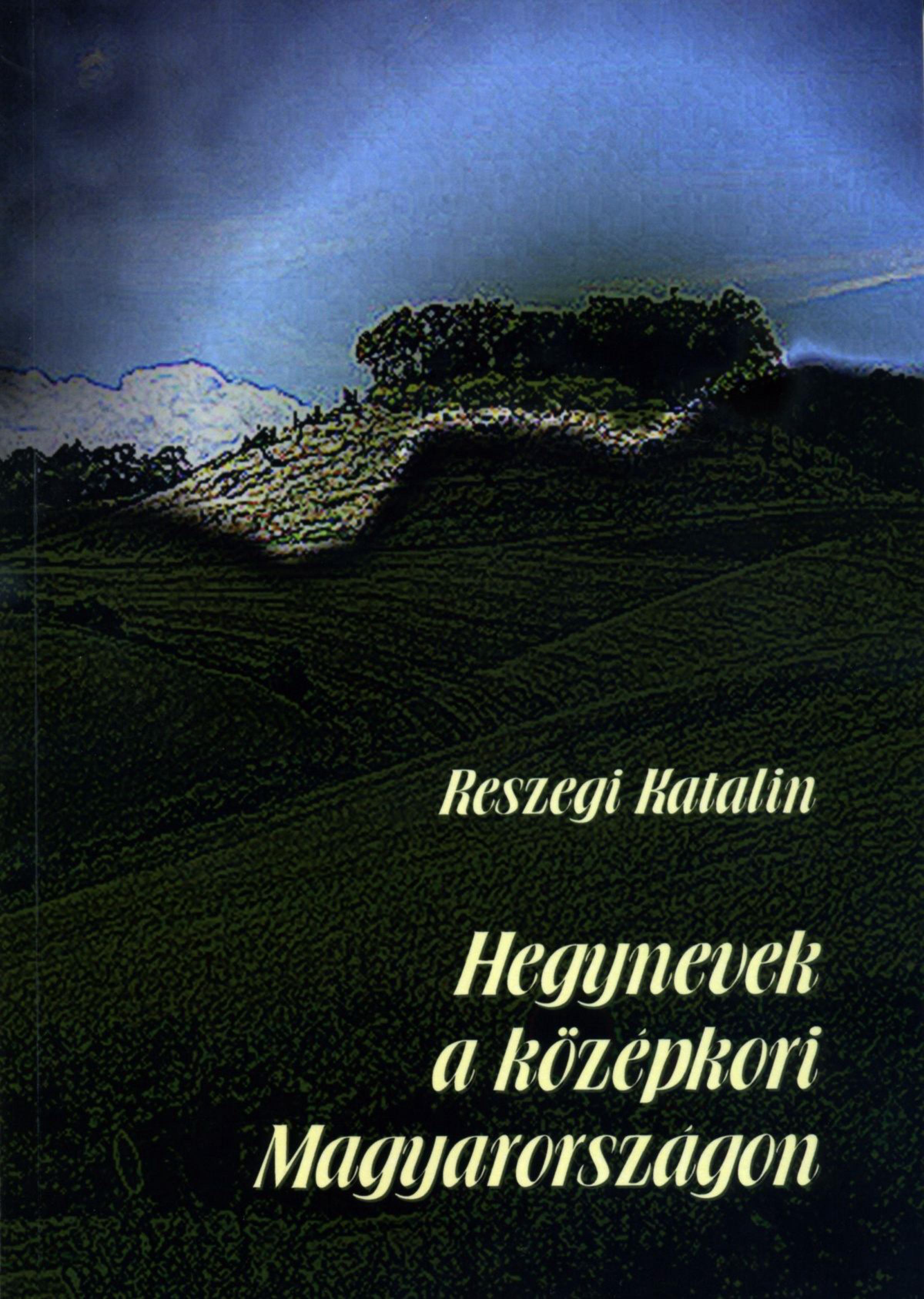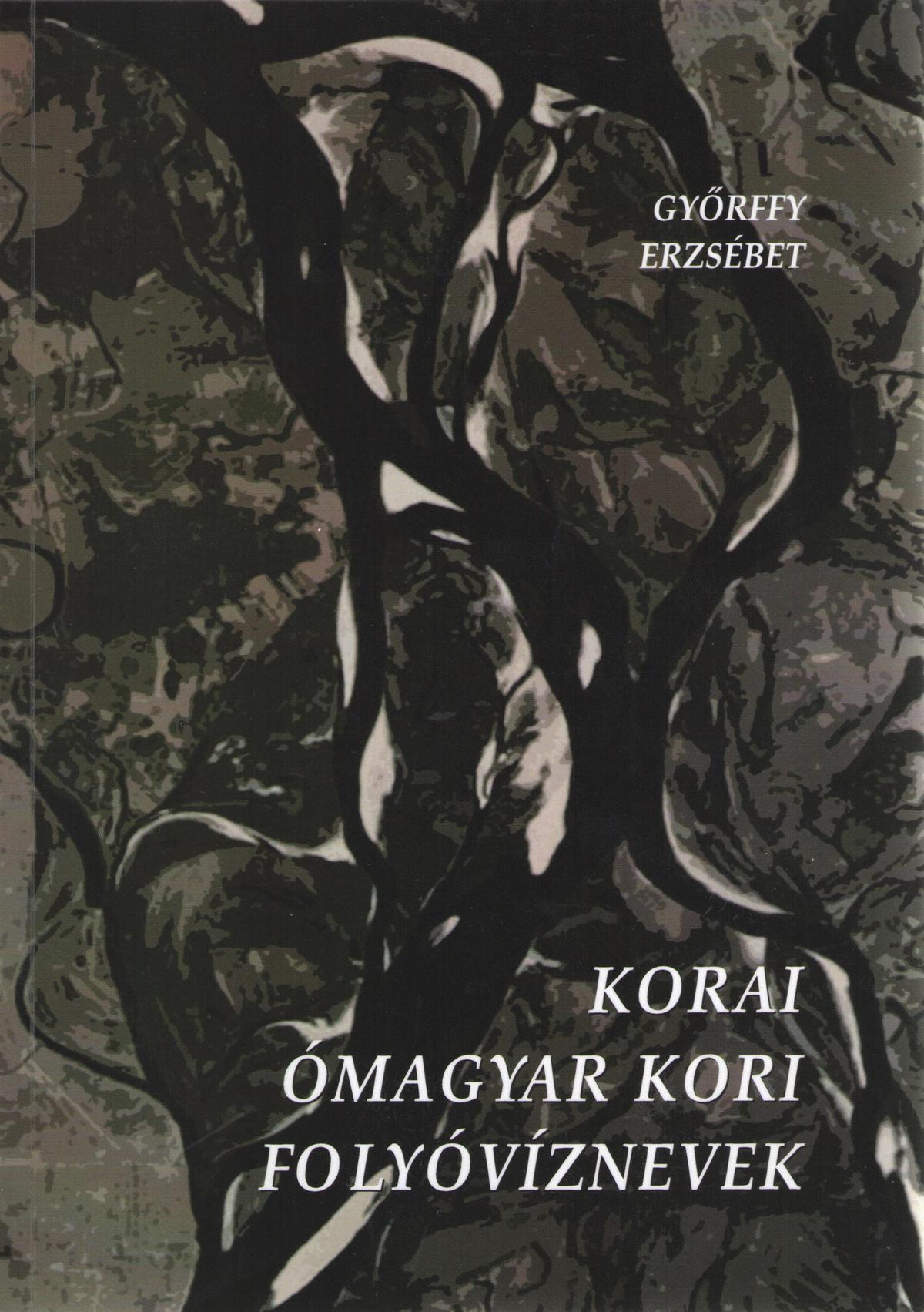BÉLA KOCÁN, Studies in historical toponomasticof the Ugocsa County. 2017.
The author studies the Old and Middle Hungarian toponymic corpus of Ugocsa, the northeastern county in historical Hungary. The corpus on which the work is based consists of nearly 2,000 data. The primary goal of the research is to prove that the linguistic features of the toponyms of the county refer to the presence of…









